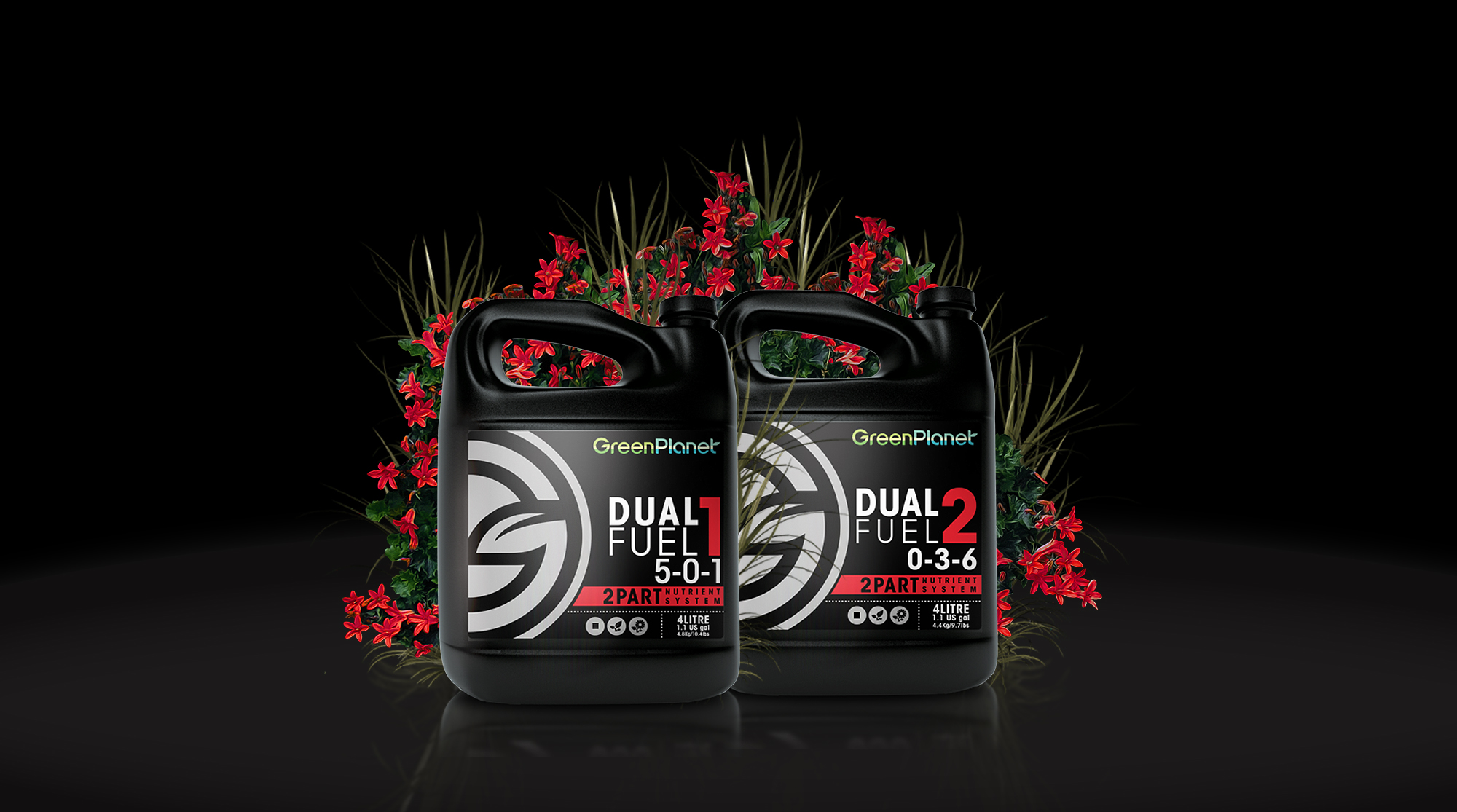Nitrogen Toxicity
Signs of Nitrogen Toxicity:
Plants that are showing signs of nitrogen toxicity will be affected differently at different stages of life for example young growth and young pants can show the telltale dark green leaves as well as a claw like look. But older plants that are in flower might have enough energy to use the nitrogen but produce smaller buds as nitrogen in flower as the effect of encouraging the plant to spend its energy producing leaves instead of flowers.
Common signs of Nitrogen Toxicity:
- Dark green leaves and foliage
- Leaf tips may turn down, without signs of overwatering.
- You may notice yellowing on the affected leaves or other signs of nutrient deficiencies as time goes on
- Nitrogen toxicity is often but not always accompanied by nutrient burn
- Leaf Curl or the Claw will happen first to older leaves then move up the plant
- Heat and pH problems will make the claw affect worse, as they stress out the plant and lower her defenses, and cause her to drink more water (and uptake more N)
- As time goes on, the claw leaves will eventually start turning yellow, getting spots, and dying
If you start to notice these symptoms accompanied with slow growth or smaller flowers in your finished plants, then somewhere your plant is getting to much nitrogen.
This can simply be a result of over feeding and providing too much nutrients in the form of nitrogen to your plants. When dealing with nutrient toxicity, first steps are to:
- Flush your media with 3-10 times its normal watering w/pH5.5(inert), pH 6.0(if in soil)
- A day After a media flush, reintroduce low strength nutrients and then up the strength till full feed is possible
- Do a pH test of run off along with soil pH test to determine if a pH issue exist there
- Add more watering’s without feed to your feeding schedule if Toxicity is a reoccurring problem
If even flushing and lowering your nutrients do not have an effect on your nitrogen toxicity issue, then it might be time to look more closely at your media and main source of nutrients.
For soil user you will need to figure out how to increase soil bio diversity to either introduce microbes or remove them. If after a flush your media is still of its optimal pH values, 5.8-6.5, then something in your soil is producing that offset and introducing beneficial enzymes and bacteria/microbes will help.
If you are using a 1 part Veg and Bloom, try a 2 part or three part, if you are using 2 or 3 part just lower your feeding rates after a flush and slowly increase them over time. If the nutrient is separated into bloom and veg formulations follow the recommended feeding rates and times. Start low and then build up to full strength rates.




